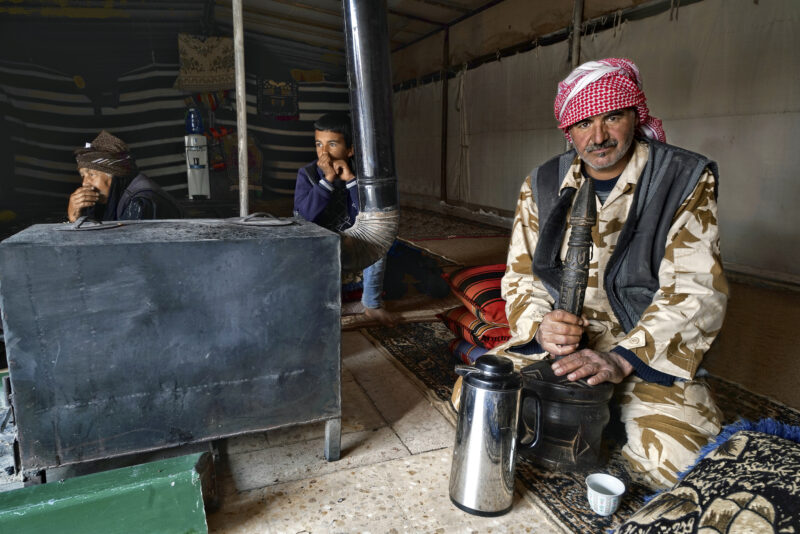Solution provider

We are a global water technology company committed to pioneering solutions to the world’s water and climate challenges and improving the quality of life for people.
Case
Water management


We are a global water technology company committed to pioneering solutions to the world’s water and climate challenges and improving the quality of life for people.
Add the case to your visit request and let us know that you are interested in visiting Denmark
It’s in the middle of winter, the temperature is just above zero degrees Celsius, and there are dark clouds in the sky. But only a few drops of rainwater hit the windscreen while driving through the northern part of Jordan. Rain is scarce. Even though this area is where most of the rain falls, and where the country gets most of its drinking water.
A large number of wells supply drinking water to the region, to the nearby capital Amman, and to the around three million refugees who have found shelter in the relatively stable kingdom, joining the country’s 6.5 million inhabitants. People from Syria, Palestine and Iraq have been living in the country for years, and it is home to some of the world’s largest refugee societies, including the massive Zaatari village, housing more than 80,000 refugees.
The huge number of people put an extra stress on the already short supply of water.
“Many places the water level is critical. Wells do not perform, because they are either old, not maintained or simply run dry,” says Michael Fischer, Project Manager from Site Group, one of the largest well drilling companies in the Arab world.
Water and energy
Site Group is preparing the rehabilitation or new drilling of 51 wells in northern Jordan. All financed by the German KfW Development Bank, formerly known as Kreditanstalt für Wiederaufbau, and the Ministry of Water in Jordan. All wells were selected after a thorough investigation in order to identify sites that can meet the specifications regarding payback time, increase in water delivery and a 15 per cent reduction in energy consumption.
“This is a very important investment in the infrastructure in the region, and will definitely help us meet the increasing demand for water – both for the local population and for the huge number of refugees. And it’s also a benchmark project with a new and more sustainable approach to energy consumption with a very short payback time,” says Zeid Oweis, CEO, Site Group, and adds that the whole rehabilitation project includes new buildings, new control systems, new pipes etc.
Critical level
The combined flow for all 51 SP pumps is 4,920 m3/h. Three pumps are above 200 m3/h and the biggest pump in terms of flow delivers 254 m3/h. Thirteen pumps are running on 60 Hz through variable frequency drives, to achieve the required high head of up to 408 m for some of the pumps, but also the required efficiency and energy saving levels.
“We are operating at depths of as much as 500 metres, and in some places, this means we will pump up ancient water since the water level has gone down over recent years. At those depths, salt levels are quite high and we will have to mix it to make it drinkable,” explains Michael Fischer.
Preferred partner
The success of this project will depend on many things, but the close relationship between Site Group and Grundfos will play a vital role. Grundfos was chosen to deliver all pumps because of our service, price and reliability.
“Jordan needs foreign aid to build up the country, and this project will secure water for a lot of people. The wells will have to deliver a certain amount of water, and at the same time achieve a significant reduction in energy consumption. I am proud that the pumps from Grundfos will be a key ingredient in achieving that,” says Waleed Noubani, Senior Sales Engineer from Grundfos Gulf Distribution.